Ever wonder how historic Flatbush was during colonial days? Flatbush facts say that Flatbush was a farming community before it became the thriving and bustling thoroughfare we know it today.
“Where is Flatbush?”
It is actually Flatbush Avenue, but “Flatbush” is a catch-all term people say for ease if they live in neighbourhoods like Prospect Lefferts Gardens, Prospect Park, Church Ave, Brooklyn College and other areas within walking distance of bustling Flatbush Avenue.
I live in Prospect Lefferts and say I live on Flatbush when asked. It’s easier to identify and every New Yorker has a geographical idea of where this nabe is.
I’m fascinated with Dutch history, be it their history with “firsts” from stock markets to windmills or their much detailed history with the African diaspora in Netherlands and former colonies; so colour me giddy with excitement when I score a summer walking tour with Untapped New York to learn about historic Flatbush, covering its time as a Dutch enclave as well.
NYC is slowly emerging from months of lockdown after being the global epicentre of the pandemic, and I am so glad to be safely exploring parts of my ‘hood again. If you’re into Brooklyn history or history in general, this is right up your alley!
Colonial History & Flatbush Farmland: Historic Flatbush
Article Contents
1651. The Dutch village of Midwout was found as an independent town, part of six original Dutch farming villages in the area: Bushwick, Breuckelen (now Brooklyn), Gravesend, Amersfoort (Flatlands) and New Utrecht. All these farming villages were Dutch speaking except Gravesend, which was predominantly English speaking.
When the Dutch give up New Amsterdam to the British in the Treaty of Breda, there is a name change to New York City. The British incorporate these disparate six, former Dutch farming villages into one single town, Flatbush, which itself comes from a Dutch word, Vlaacke Bos.
1660s. Leffert Pieterse arrives New Amsterdam and purchases land in 1687 in what is now Prospect Park. The original Lefferts homestead is built and their landholding is extended to Queens, Long Island and New Jersey. The Leffert family are prominent in the era and are at the forefront of politics, urban development and civil discussions of Flatbush for generations.
Dutch Settlers, Reformed Church & Stuyvesant: Flatbush Tales
Reformed Church. Like all colonization stories, it begins with the church. The Dutch Reformed Church was the largest Christian denomination in the Netherlands and it spread to areas where Dutch colonization held firm: USA, South Africa, Indonesia etc.
In Flatbush, there is a Dutch Reformed Church made with Manhattan schist with a graveyard of early Dutch settlers of Flatbush. The land on which the church is built is given on orders of Peter Stuyvesant, the last Dutch Director-General of the colony of New Netherlands before it is ceded to the British in 1664.
New Yorkers may recognize the Stuyvesant name from Bedford-Stuyvesant (BedStuy), Stuyvesant Town, and other city landmarks bearing this prominent Dutch family name.
The church was the heart of the Flatbush community in Dutch colonial era and still exists today on Church & Flatbush Avenues. It is listed on the National Register of Historic Places and is a designated New York City Landmark.
Erasmus Hall. Many Flatbush residents pass this edifice without knowing its Dutch colonial history – me included – and the famous names that have passed through it. Erasmus Hall, erected in 1786 on land donated by the Dutch Reformed Church, is said to be the first high school in New York City. In 1994, NYC repurposed Erasmus Hall as Erasmus Educational Facility.
Erasmus Hall was founded as a private institution of higher learning by Desiderius Erasmus, a Dutch theologian. It is now a New York City Landmark and on the National Register of Historic Places.
Prospect Park, Development & Victorian Flatbush: Historic Flatbush
1870s. So…Flatbush is now a thriving town, and guess what main local attraction was completed in 1873? Prospect Park! Prospect Park was designed by Frederick Law Olmstead and Calvert Vaux, the same team who designed Central Park, and it is the second largest public park in Brooklyn. I did not know that.
Prospect Lefferts Gardens abuts Prospect Park and this area is settled by the wealthy Lefferts family in the 1660s through the 1800s when the descendants disperse.
The original Lefferts homestead was burnt by American troops during the Revolutionary War but it was rebuilt by Peter Lefferts on the same spot with timber from the original structure. Ownership was then transferred to the City of New York over generations on condition that it moves to city property.
The homestead moves to Prospect Park where it currently resides as Lefferts Historic Home. The Lefferts family history is very, very interesting and shows how wealthy families intermarry to extend generational wealth through the ages.
For example, the Lefferts children and grandchildren marry into Hegeman, Vanderbilt and other renowned Dutch families of the era; names that are known NYC streets and buildings. Of course, these wealthy Dutch families are slaveholders and at some point, there are more enslaved people than families in Flatbush.
Street-level Rail. In this decade, the Brooklyn, Flatbush and Coney Island Railroad connects Flatbush to Brighton Beach and is known as the Brighton Line. Another rail line, the Culver Line, runs from Prospect Park to Coney Island, and is the ancestor to today’s Stillwell Line.
It is really fascinating to see history in the flesh and learn of historic Flatbush and its fascinating facts and if you’re a NYC transit nerd, you’ll geek out on NYC subway history from the El to the BRT.
1890s. At this point, Flatbush is becoming more British with English settlers moving in. Dean Albert Alvord, a prominent real estate developer, buys up Flatbush land to develop it into a Victorian estate for upper middle-class residents.
He convinces New York City government to change Flatbush street names to reflect what he considers are posh English street names. For example, Avenue A = Albemarle, Avenue B = Beverly, Avenue C = Cortelyou, etc.
Dean Albert is credited with creating Prospect Park South Historic District, which is one of two major historic districts around Flatbush that include Albemarle/Kenmore Terraces Historic District.
See what Brooklyn and general New York City fun and historical activities you can enjoy in the guide below.
Albemarle/Kenmore Terraces Historic District
Colour me shocked when I realize that this historic Flatbush area I unknowingly pass is behind the Dutch graveyard in the vicinity of the Flatbush Reformed Church. Created between 1916 – 20, this historic district is a small collection of row houses set back in a cul-de-sac with gardens, and it gives me English row home vibes, which is the initial point of development.
How can you recognize an historic district in NYC?
Look at the street signs. If the signs are brown, it is an historic site. If the signs are green, it is a regular site.
This district is located on E 21st St., off Albemarle and Kenmore Terraces, and is listed on the National Register of Historic Places.
Prospect Park South Historic District
The PPS historic district is a Dean Albert creation of what was and is still known as Victorian Flatbush. Again, this is a district I did not know of prior to this discovery and it is a small pattern of the larger quilt that is historic Flatbush.
Dean Albert buys Flatbush lots to build mansions of different architectural styles for the wealthy of the era. The homes here are not just Victorian architecture; there are Queen Anne, Tudor & Colonial designs as well.
Houses in the PPS historic district are built between 1898 and 1903, and Albemarle Road has the most expensive homes while Buckingham Road is the entrance to what is known as Victorian Flatbush.
There are so many architecturally beautiful homes of all styles with wraparound porches, chimneys, columns, gable roofs and the like, and when you hear how much they go for…
Homes in an historic district are under city jurisdiction so if you need to make cosmetic changes to your home, you require permission. Every renovation requires paperwork and construction revisions to preserve property characteristics and it is also not cheap to maintain.
Would you like to own an historic home with all these restrictions?
Japanese House of Flatbush. Built in 1903, it is in the Prospect Park South Historic District and is a beautiful edifice evoking memories of Tokyo. The orange and green colour palette and architectural style are definitely authentic to Japanese culture and it is a mini tourist attraction to history and architecture nerds who know of its existence.
One thing I love about the Prospect Park South historic district is its quiet. You forget that just a 10min walk is bustling Flatbush Avenue with piercing horns, rumbling buses, continuous sirens, and ice cream jingles.
Flatbush Fascinating Facts
- A pedestrian bridge connecting this affluent historic district to the less affluent part of Flatbush literally across the train tracks, was removed in 1979 before the district’s Landmark status.
I feel like I’m in an alternate universe in this quiet sliver of historic Flatbush and even the rumbling of the Q train behind some of these affluent Victorian homes becomes white noise.
- Beverley Square West District, a couple of streets over from Prospect Park South Historic District, is applying for its own historic landmark. Unlike their historic neighbours, Beverley West is currently able to perform preferred renovations on their properties without restrictions.
- Tucked within historic Flatbush is the Knickerbocker Field Club, founded in 1889. It is member-only and entrance to the club is through a car park. Walk through and emerge onto a vast field of green with a bungalow and trees, dwarfed by several apartment buildings. I have no idea that there is an historic lawn tennis club nestled within the heart of historic Flatbush and visible to the residents in the apartment buildings that overlook it.
**********************************************************************************************
There is much more to historic Flatbush than its Victorian homes and Dutch colonial history, but these are very interesting historical parts of this thriving neighbourhood that have evolved over four centuries.
Whenever you’re on Flatbush Avenue, stroll onto Church Avenue and the Albemarle/Kenmore Terraces, and continue on to Buckingham Road and the beginning of the Prospect Park South historic district for historic markers of days past.
Another sight to see is the Dutch graveyard and the Reformed Church right on Flatbush Avenue that few residents know the history of.
Don’t forget to comment and see you on the social streets! xx
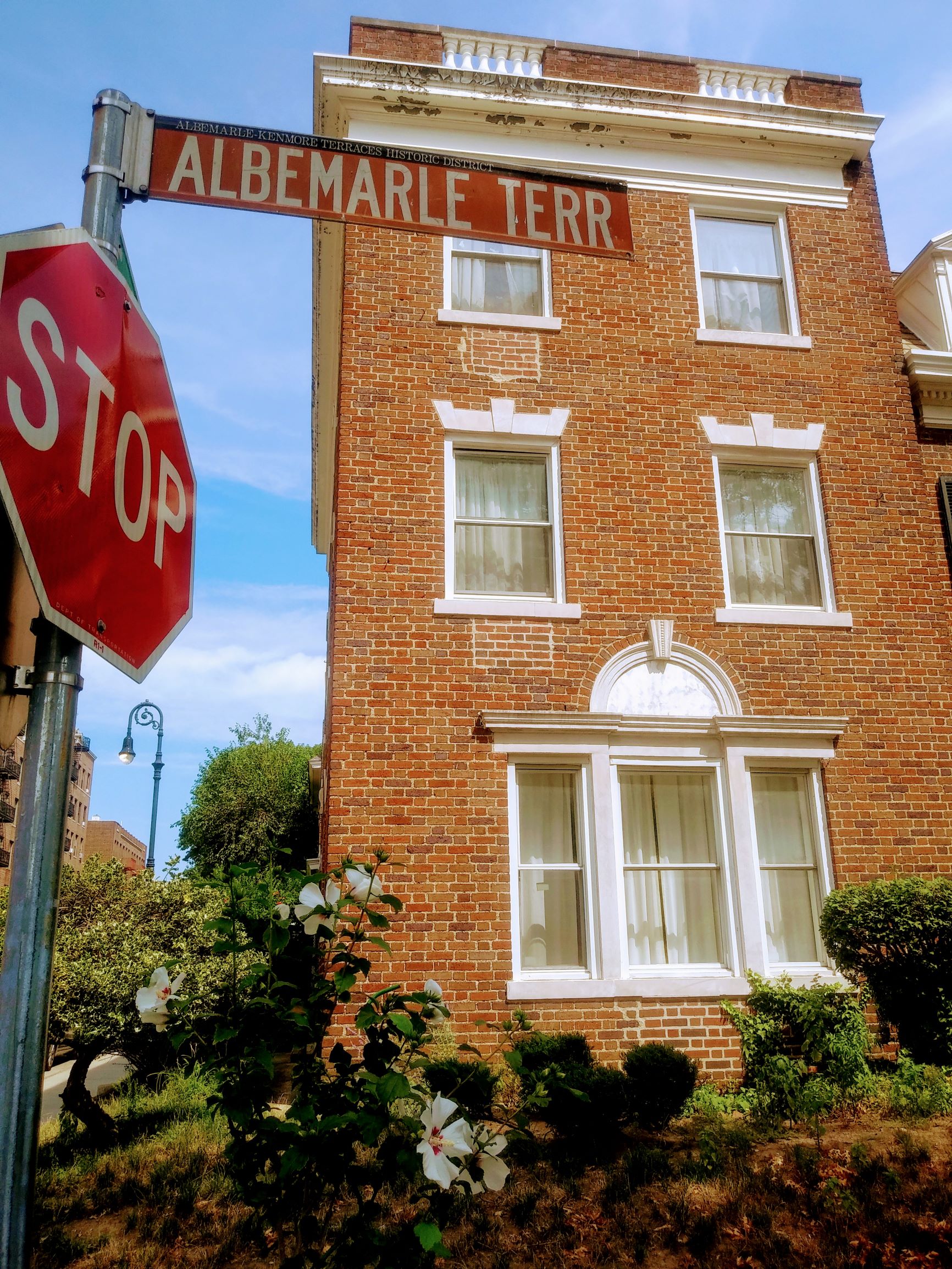
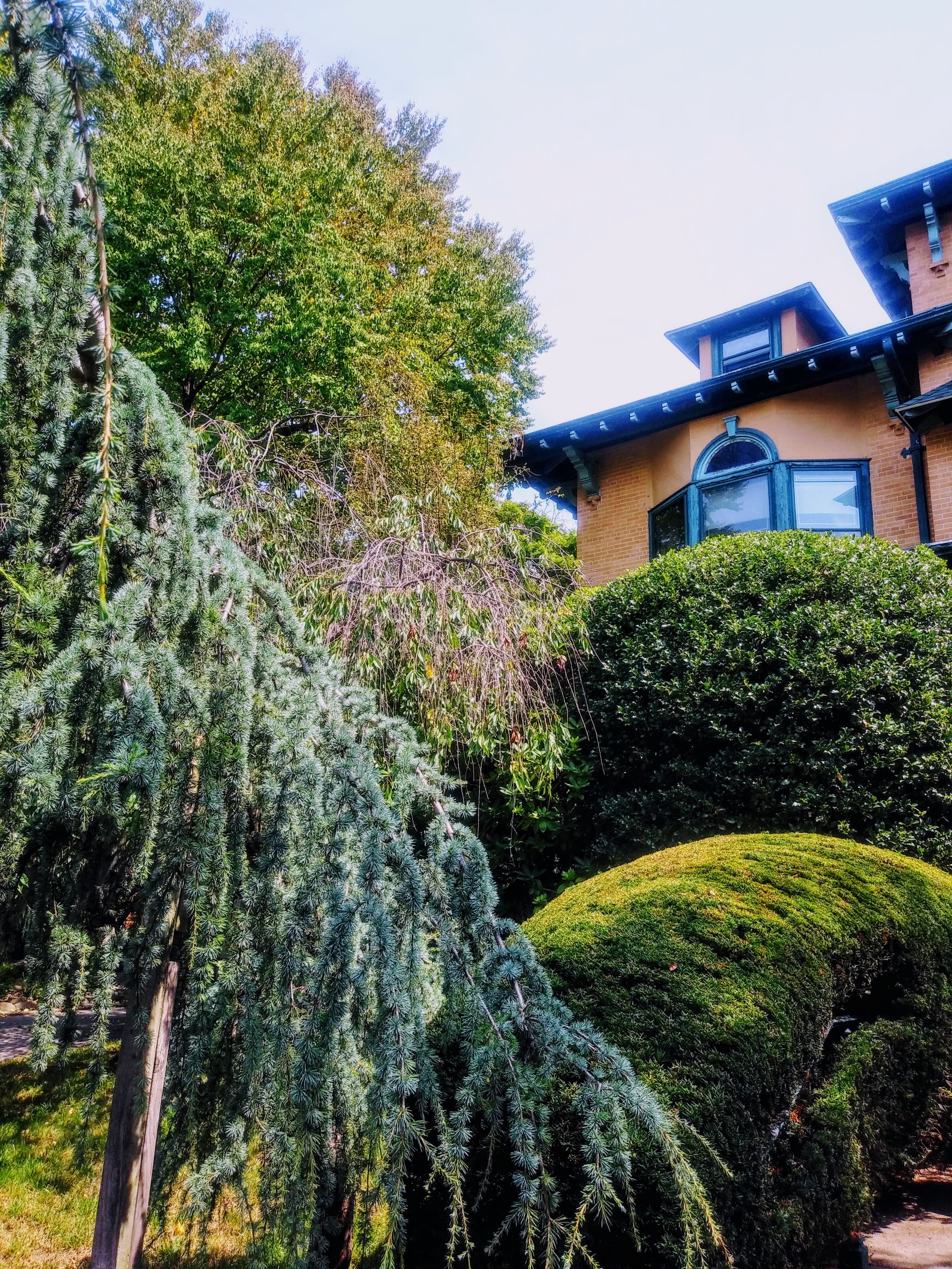
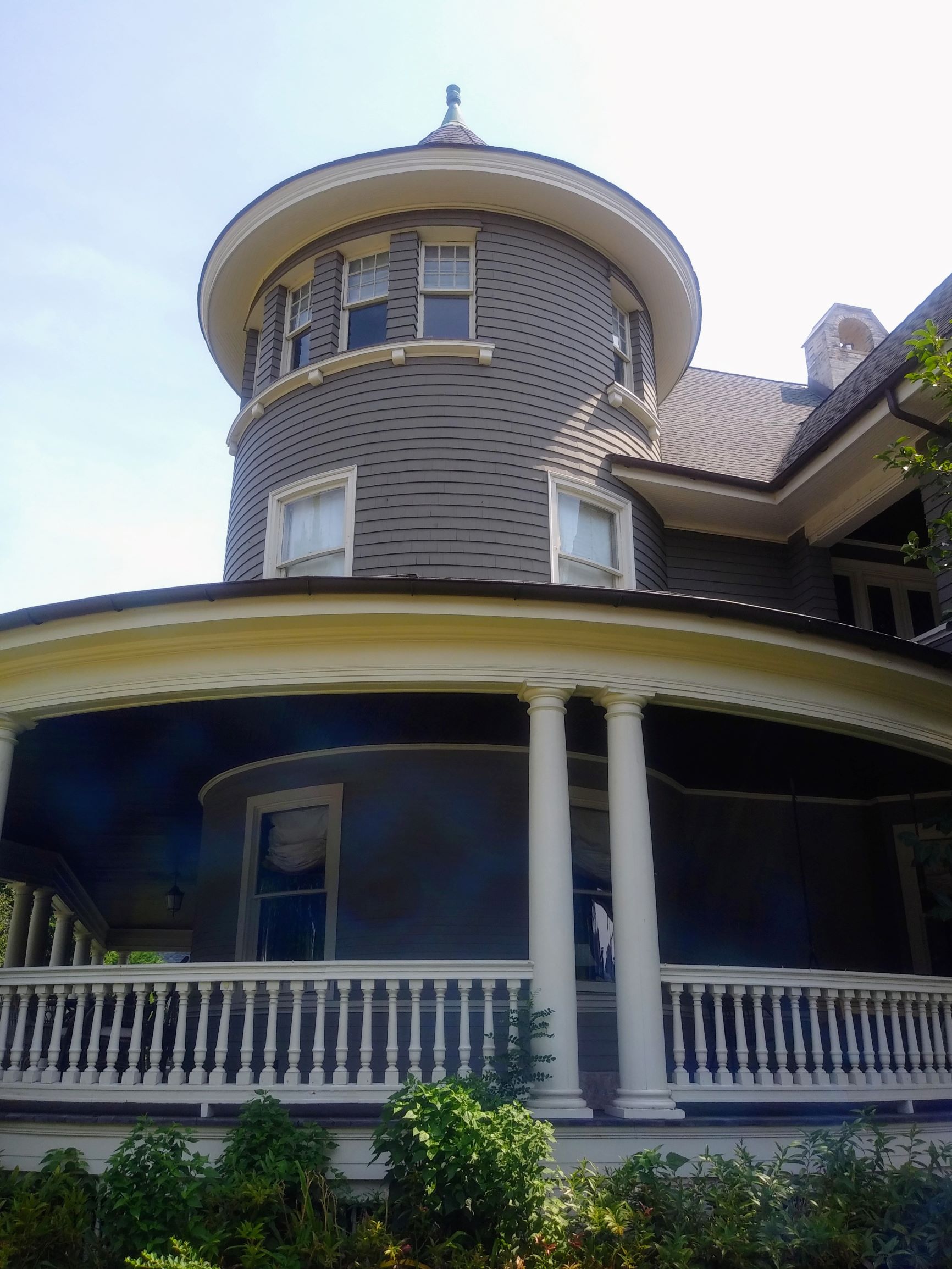
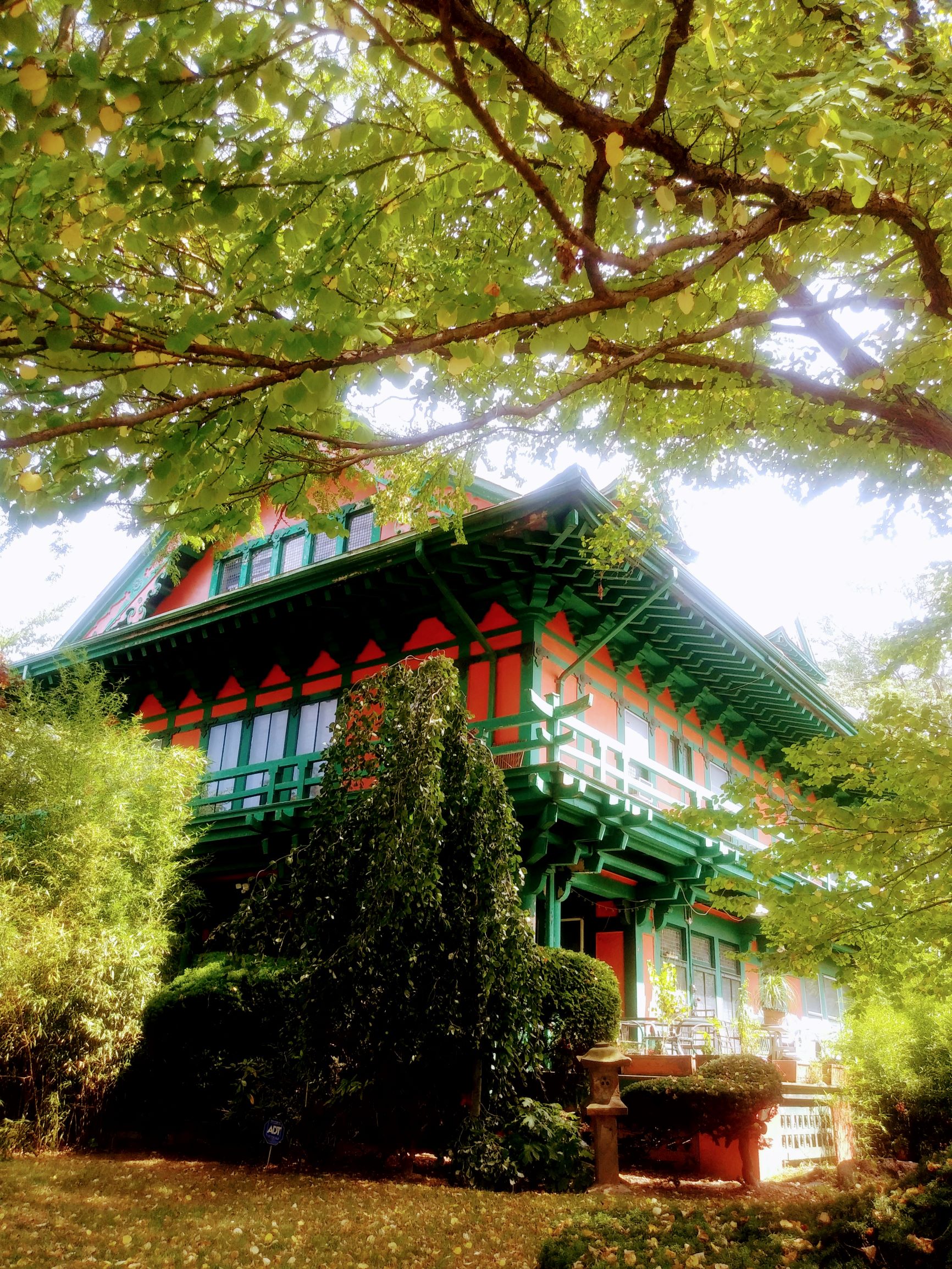
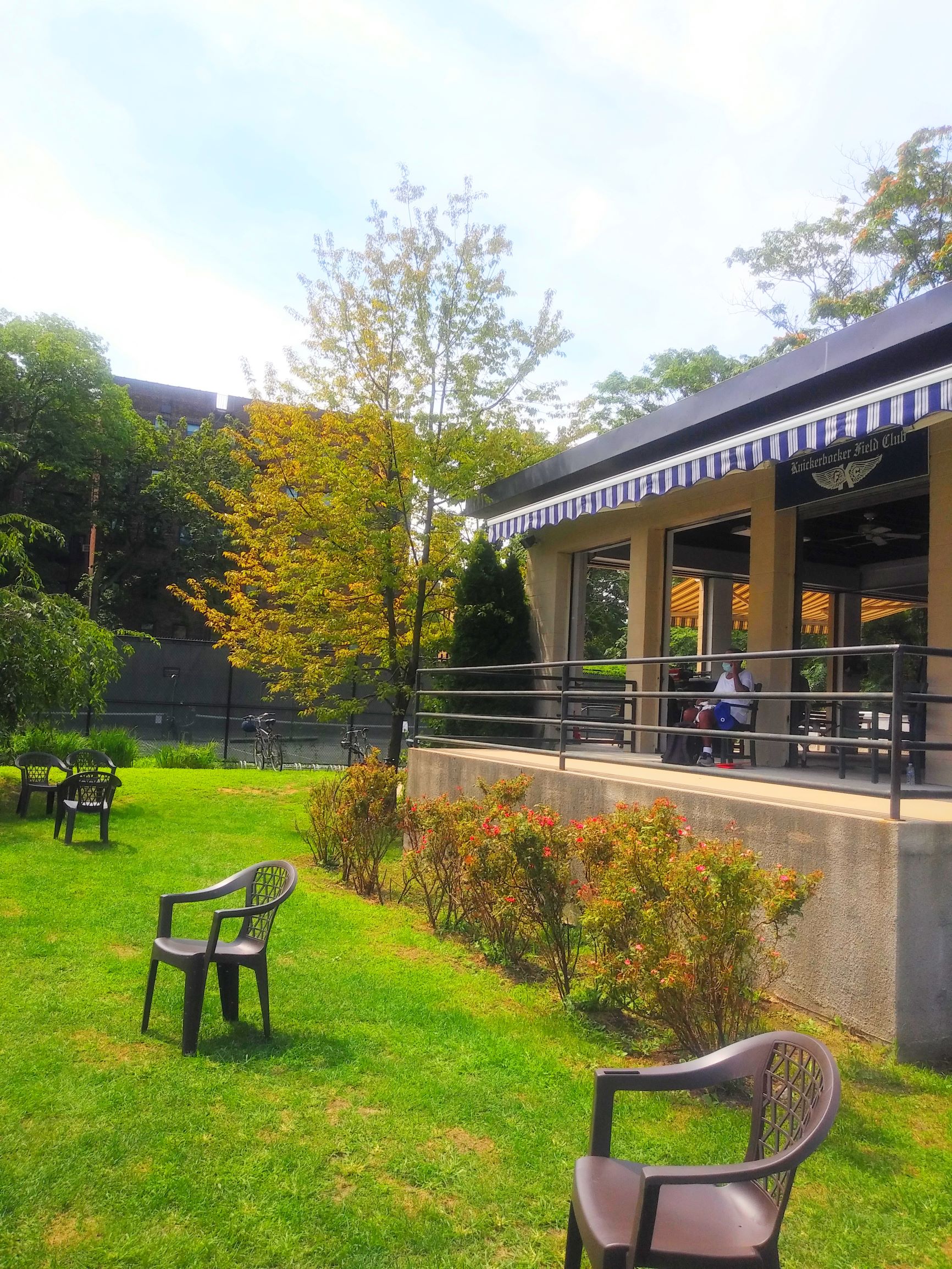
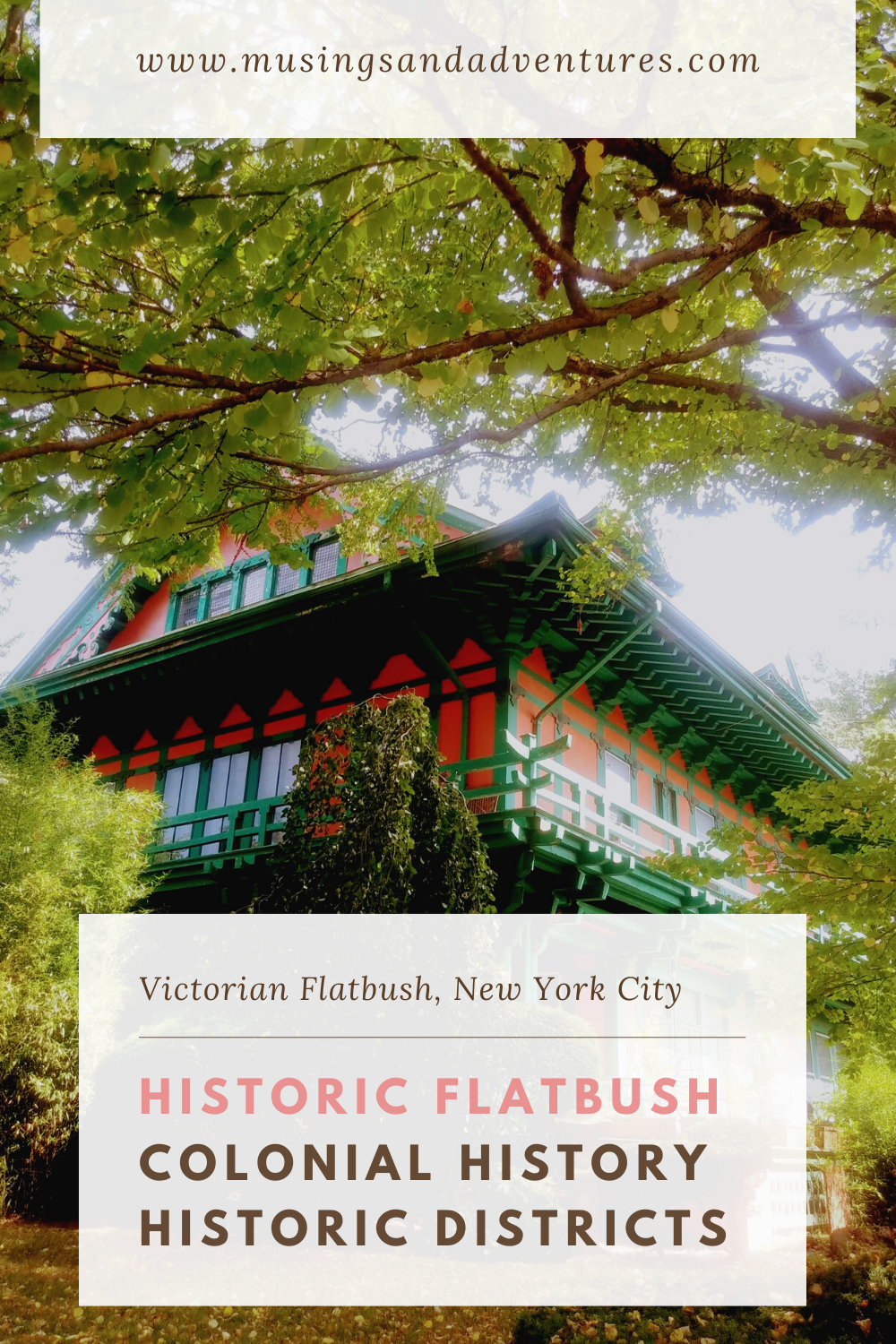
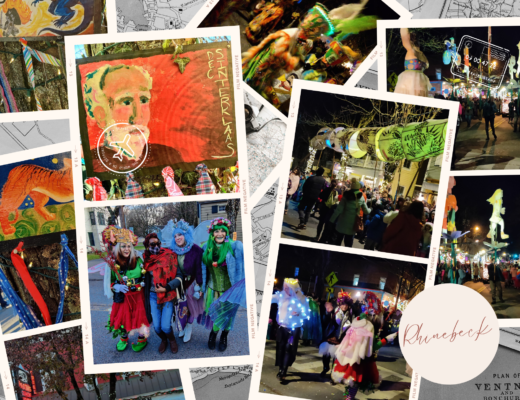

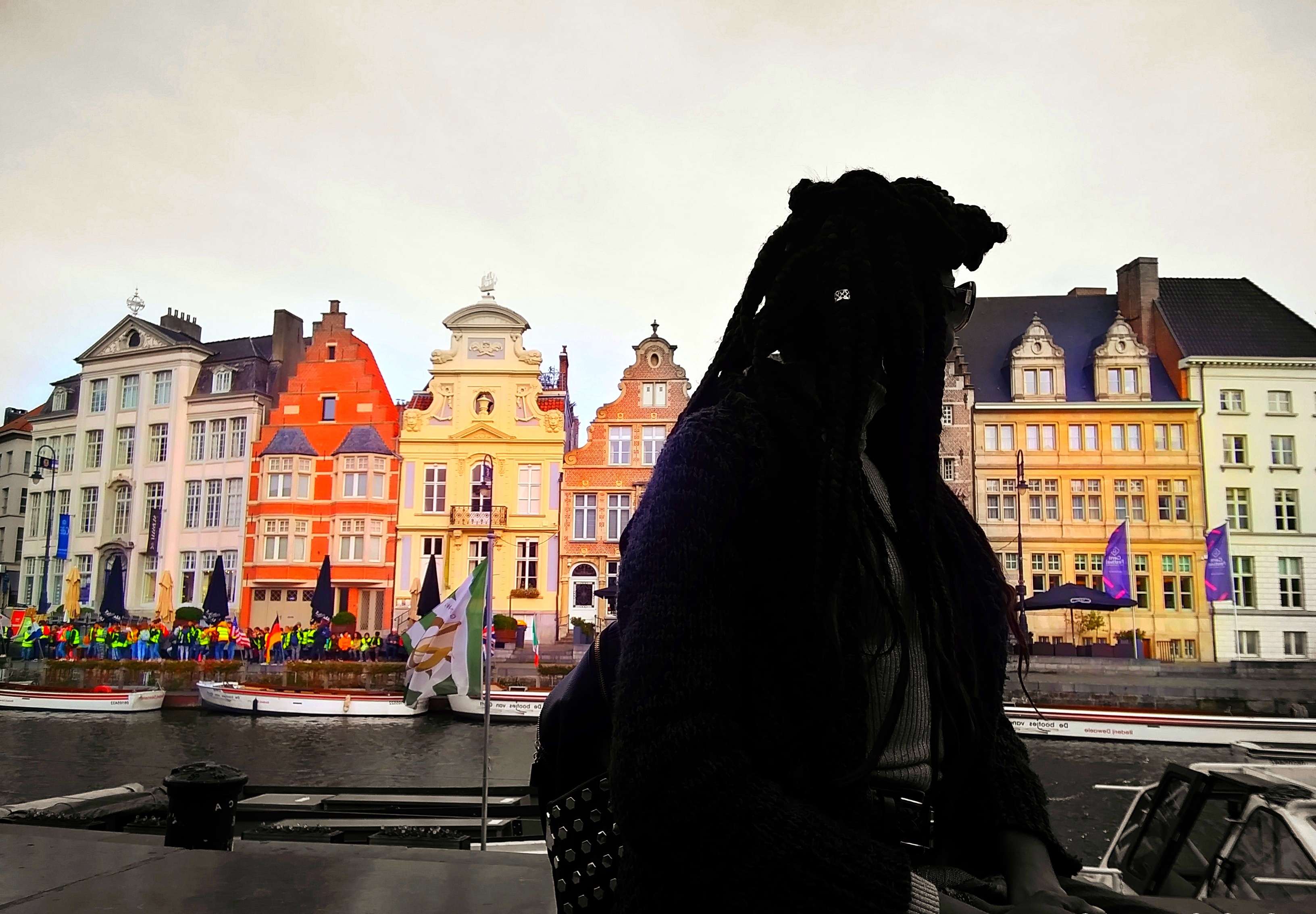

23 Comments
Indya | The Small Adventurer
November 2, 2020 at 6:14 amI’m sure the Victorian homes would have been lovely to see so close up! I would have been COMPLETELY lost on a tour like this, so lucky it comes with a guide, haha 😂 Shame you didn’t get to see the graveyard as well though, that would have been cool!
admin
November 2, 2020 at 8:06 pmOh, the graveyard I see all the time but didn’t know its history Lol. It’s right in the centre of town.
michael
November 2, 2020 at 12:11 pmI like the greens! it makes me feel more relaxed. thank you!
admin
November 2, 2020 at 8:05 pmThanks Mike! I love the greenery too. It’s very relaxing.
Dris Wall
November 2, 2020 at 2:57 pmWow this is on my bucket list so beautiful
Britt K
November 2, 2020 at 3:23 pmI love this! I have always had a weakness for learning about the history of an area as well as for the historical architecture. The pictures you shared here are so fascinating. I love that there’s everything from the historical mansions to the Japanese influence all in one area.
admin
November 2, 2020 at 8:05 pmThanks Britt! All sorts of architectural designs in this area. An archi student or nerd would freak out in pleasure lol.
Di Hickman
November 2, 2020 at 6:30 pmI did a double-take at that first photo. Our first house we bought was on Albermarle Road. So fun to find similar names in the states
admin
November 2, 2020 at 8:04 pmLOL! Oh wow! Yeah. Colonial history has the same set of names appearing in cities and states nationwide.
Lyosha
November 2, 2020 at 8:03 pmlooks pretty exciting! i would love to take such a walking tour!
Lori Bosworth
November 2, 2020 at 11:31 pmWhat a rich history Flatbush has! I would love to see the homes In the Prospect Park South Historic District.
admin
November 9, 2020 at 4:22 amThey are something else, I tell you!
Nkem
November 3, 2020 at 10:43 amI guess it’s nice to read about pre-colonial areas and times without thinking of the atrocities of colonialism. Thanks for sharing this!
admin
November 9, 2020 at 4:20 amRight? Lol. Even at that, one cannot escape the atrocities of that era. It’s all over.
Clarice
November 4, 2020 at 4:56 pmThis is my first to hear about Flatbush and it definitely piques my interest. It would be nice to visit someday and see this thriving neighborhood. Will take your advice to see the Dutch graveyard and the Reformed Church. Thank you for sharing.
Grimaldo
November 11, 2020 at 2:24 amI like the summer pictures. I live in Canada and here winter is coming, I’d like to see some Flatbush pictures on winter time!
admin
November 11, 2020 at 7:03 amIf you follow me on IG, you will soon! 😉
Natasha Mairs
November 11, 2020 at 2:11 pmSome really beautiful houses. I love looking at old home and places. I think it is so fascinating
Bethan Taylor-Swaine
November 12, 2020 at 2:57 pmIt’s so cool to hear more of the history of Brooklyn and how it developed out of villages! Sounds very like London in that respect x
Viano
November 12, 2020 at 10:54 pmWhen I first saw flatbush, I was like what is this again? But then, I get it now. Such an interesting piece with lots of history. Nice post.
admin
November 13, 2020 at 5:26 amLol what did you think flatbush was initially?
Villa Paradiso
November 30, 2020 at 1:26 amLoved it, Kemi! Such a stimulating historical and architectural account – and such beautiful pictures! This walking tour certainly sounds and looks like a treat! Your area in Brooklyn has lots to offer – we hope you will be writing about other aspects of it. Thanks for such a great post!
admin
November 30, 2020 at 5:13 amThank you so much!! I will be writing more about Brooklyn soon, yes. :0)